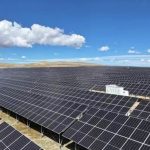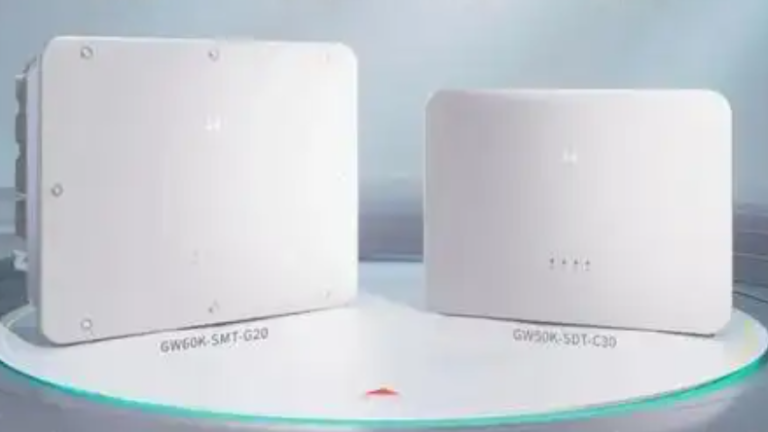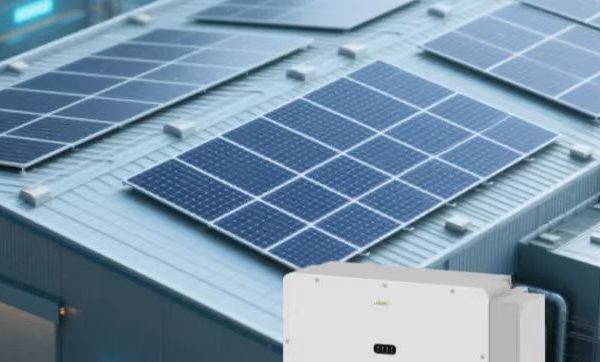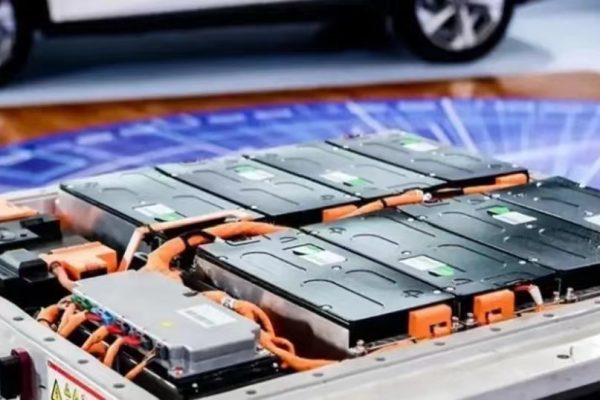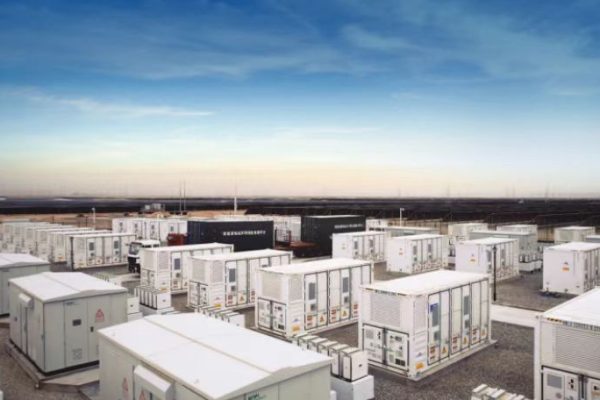Introduction Inverters are the unsung heroes of modern energy systems, especially in solar and battery storage setups. Whether you’re installing a rooftop solar system or designing a microgrid, choosing the right inverter can make or break your system’s performance. But what exactly makes a good inverter?
This article breaks down the most critical factors that influence inverter performance and long-term reliability, helping buyers and system designers make informed decisions.
1. Efficiency Rating — Why It Matters
- Most modern string inverters boast efficiencies between 96% and 99%.
- Look for models with high Euro Efficiency, which represents performance across variable load conditions.
2. MPPT (Maximum Power Point Tracking)
- Good inverters have multiple MPPTs to manage uneven shading or multiple array orientations.
- Some advanced models feature global MPPT algorithms to recover from local maxima losses.
3. Cooling System — Active vs Passive
- Passive (natural convection) systems have no fans and lower failure rates.
- Active systems (with fans) can handle higher power but may need periodic maintenance.
4. Connectivity and Smart Features
- Wi-Fi/Bluetooth monitoring
- Compatibility with EMS (Energy Management Systems)
- App-based diagnostics and firmware updates
5. Build Quality and Warranty
- Enclosure: Check IP rating (IP65 or better for outdoor use)
- Warranty: 5–10 years standard; extended options available
Conclusion A good inverter isn’t just about efficiency—it’s about longevity, smart control, and real-world adaptability. Make sure to evaluate the inverter not only by its datasheet but also by field performance reviews and OEM support.
Contacts us pls: https:gr-newenergy.com



